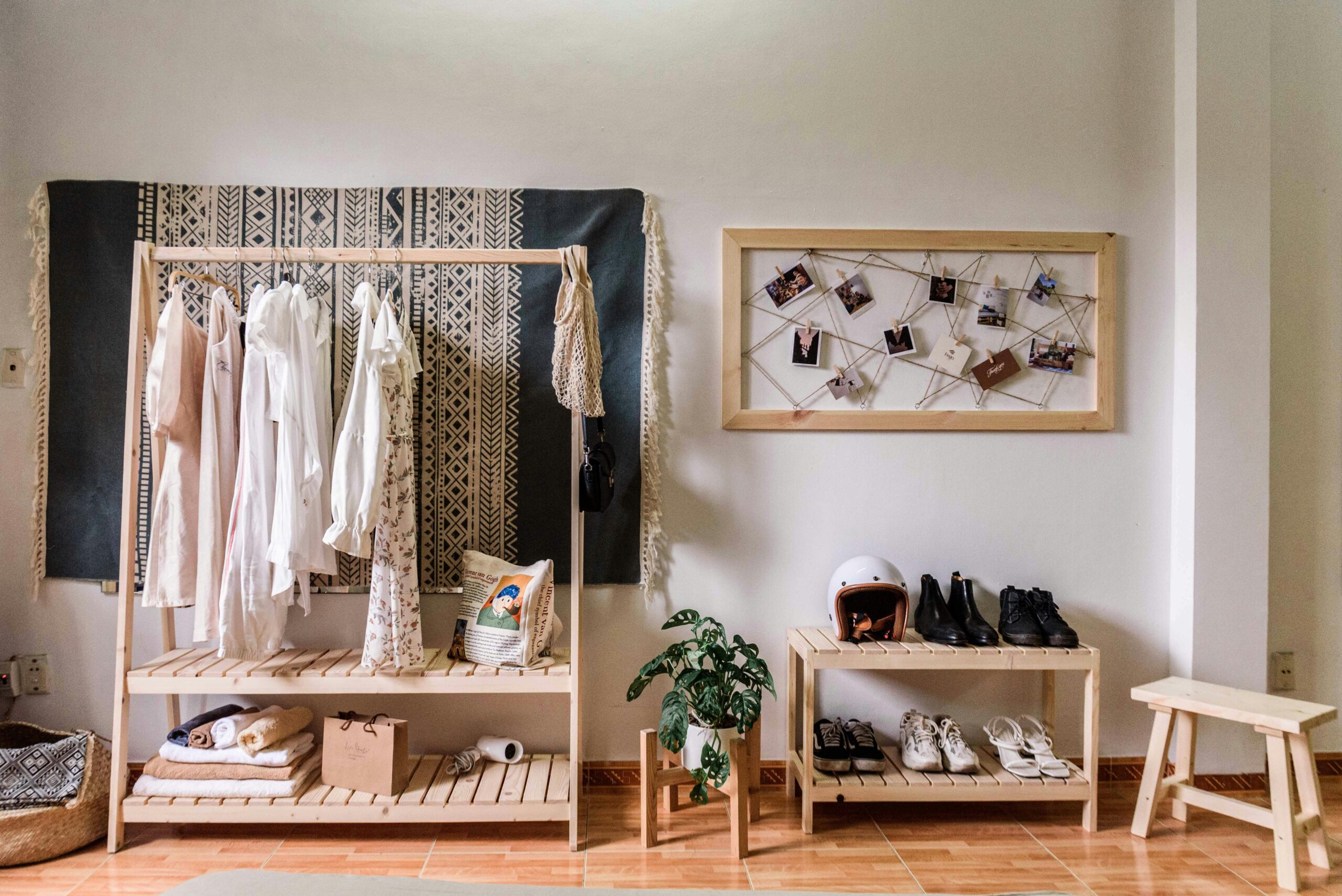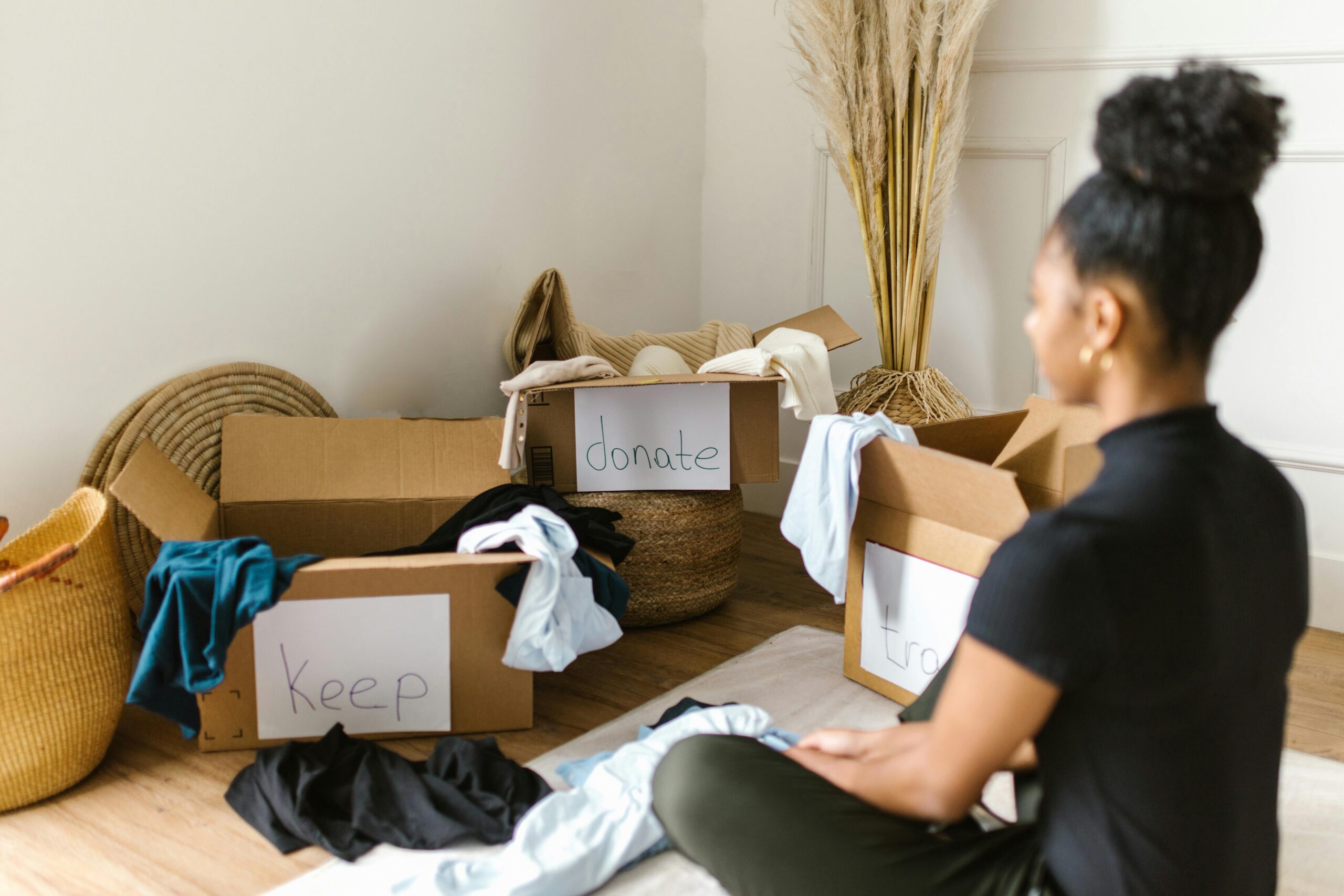Physical Address
304 North Cardinal St.
Dorchester Center, MA 02124
Physical Address
304 North Cardinal St.
Dorchester Center, MA 02124

I am not a fashionista or a stylist, but I do always want to look put together in a classy sort of way. I don’t want to buy too many things or splurge on designer brands with hefty price tags, but I also don’t like compromising with quality or style. After spending way more than necessary hours in search of minimal closet essentials, I can confidently say I have become an annoyingly picky person.
I spend hours, days, months looking for an item – something that’s not overly priced, is durable but chic, has colour that goes with everything, a style that fits my preference, is timeless and in-fashion, can be worn both casually and at-work, and is comfortable. Yeah, good luck finding that!

I used to buy things on a whim – my mantra for a long time was “like it, get it”. Dear reader, if you are such a shopper, you know the horror it leads to. You end up with a pile of things that take up all the space and yet none of them come close to being handy when you need that one perfect outfit for an occasion. Years of wasteful shopping made me a conscious buyer or ‘minimalist’. However, choosing items for a functional and minimal closet is not easy. For me, it requires a lot a planning, preparation, and patience. I am sharing the five steps I follow to plan my shopping:
So, we now have our shopping list ready and it’s time to spend some money, but don’t rush into it. Imagine buying a top that you love, it fits perfectly, and you get lots of compliments. Then you wash it twice and it looks like worse than the sweatshirt you have been wearing since forever. I know, it sucks, and it hurts!
To avoid the traps of fast fashion, before buying anything (literally, anything at all), I now ask myself these questions:
| 1. Will it last at-least 6 years? | If the answer is no, then don’t buy. |
| 2. What’s the material used? | Natural materials like cotton, silk, wool, leather look much nicer and feel good on skin. Look for items that have at least 50% or more of natural fabrics. (Note that for certain styles of clothing, synthetic fabrics have a better look.) |
| 3. How often will I use it? | Avoid buying items that you don’t know if you will use them. |
| 4. Does it complement anything I already have? | If the answer is no, avoid buying such items. |
Of course, it is not easy, and I give in to temptations from time to time. However, using the above process/guide, in the past few years, I have been able to create a basic, minimal, and functional wardrobe, skin-care essentials, and other accessories that have made my life a tad bit easier to manoeuvre.
I must also confess here that with all these filters and conditions, shopping has become a daunting task for me. To give you a flavour, it’s been over two years since I have been searching for a nice pair of shoes; I don’t remember since when I was looking for a functional work bag; more than a year since I want a comfortable pair of biz-casual pants; and so many other items are pending in my shopping list. On the bright side, I never needed them anyways!!
Dear reader, if you are on the path of minimalism, or if you found this post relatable, do share your thoughts in comments. I would love to connect with you and hopefully get some ideas on how to efficiently shop for quality items that I can cherish, value, and feel proud of using for a long time.